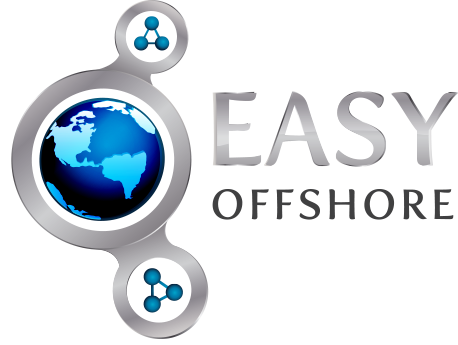20 Mar SMEs start to capitalise on comparably skilled, cost-effective offshore workers
It is increasingly apparent that the tremendous disparity in the cost of labour between Australian workers and overseas workers has resulted in many businesses choosing to employ staff outside Australia.
A seemingly unlimited supply of high quality office staff with neutral accented English and equivalent skills to Australian workers is very attractive to only large corporates , but increasingly the SME sector as well.
About 4000 roles were created in the Philippines last year just by small and medium Australian businesses alone, according to the estimate of consulting firm Easy Offshore. In 2014 we expect to see a total of 50,000 roles head offshore from Australia, and the fastest growing sector will be small and medium enterprise.
Younger and smaller businesses adapt and change more quickly than larger business, and they are also often more opportunistic about finding ways to grow with thin margins.
It’s little wonder they are rapidly adopting offshore staff when every single full-time role placed offshore saves them a minimum of $40,000 per year. Those $40,000 chunks are often rolled back into marketing and other growth strategies.
Below is a sample of wage comparisons between Philippines and Australia, for identical skill sets. My last column reviewed the ethical considerations of “low” wages, and made the assertion that due to much lower living costs, these wages even produce a similar lifestyle. Australia is in a wage and cost bubble for which there is no easy solution.
| Full Time Position Approximate Wages | Approx Annual Philippine Wage in AUD | Australia Annual Wage | Ratio |
| Cleaner/ cook/ home help | $ 600 | $33,000 | 1.5% |
| Inbound sales/ cust services (1-3y) | $2,500 | $60,000 | 4.5% |
| Administration (1-3 years) | $ 6,500 | $50,000 | 13% |
| Administration (+10 years) | $13,000 | $60,000 | 22% |
| Software Developer | $26,000 | $100,000 | 26% |
| Estimator /QS (2-5 years) | $19,500 | $70,000 | 28% |
| Estimator / QS (+10 years) | $29,500 | $100,000 | 30% |
| Supervisor | $19,000 | $70,000 | 28% |
| Mid Manager | $29,500 | $100,000 | 30% |
| Senior Manager (rough figures) | $52,000 | $150,000 | 35% |
| C-Level (very rough figures) | $104,000 | $200,000 | 52% |
You’ll note on the chart that typical “white collar” office workers that are hired offshore average around a 20% cost ratio – meaning they are one fifth the salary of an equivalently skilled Australian.
An unexpected bonus for businesses hiring offshore is that they also tend to hire more experienced people. Instead of five years in the field, they are likely to hire personnel with ten to fifteen years of familiarity and understanding of the position, simply because it is a small cost increase to do so. This means that in roles where experience counts, the offshore workers often perform to significantly higher standards than their Australian counterparts.
Of course not every position will benefit from more experience, and in some roles difference in the nature of the experience don’t always translate into higher quality work. Where Australian businesses don’t implement solid systems offshore, or don’t pay attention to cultural differences, those labour arbitrage benefits can also be eaten away by reduced productivity. Nonetheless, with strong recruitment and management systems, employers can expect that most of their offshore, white collar personnel will have equal or higher quality skills than comparative Australian staff.
This, of course, is going to become a major problem for Australian employment in the years to come. Graduates are going to be amongst the first to be hit and I expect we will see rapidly increasing youth unemployment over the coming years. Employers are less likely to hire a graduate with low productivity, when for a fraction of the price they can hire a skilled professional with 10 years’ experience. Tertiary education must adapt rapidly and produce higher skilled graduates, but unfortunately the education sector is not known for its ability to adapt curriculums swiftly.
One interesting thing in the chart above is that the ratios changes significantly in management roles. Management is something Australians do very well by global standards. By contrast, the Philippines does not have strong management built into its culture, and it’s not easy to find good managers. Therefore demand can outstrip supply, hence the large jumps in wage increments. It’s good to remember that while so many jobs are going offshore, that Australia does have many talents to export and exploit if only we could focus our political power.



